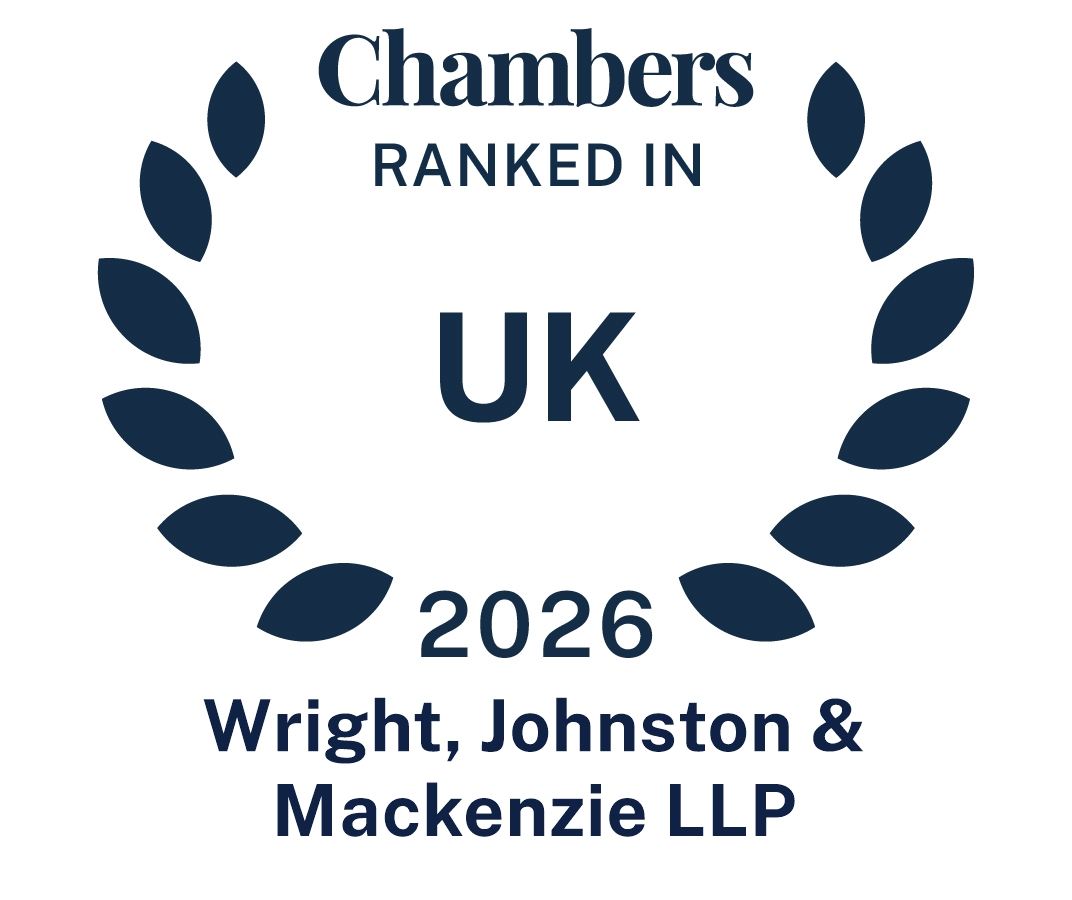Tax Incentive Drives New Wave of Growth
In the second article of our Freeport tax series, WJM partner Angus MacLeod explores the role the Enhanced Structures and Building Allowance (ESBA) will play in informing strategic development and growth.
What is ESBA?
Once a business has secured land on which to conduct its business, it needs to consider what type of premises is required for the business to function. It must also consider the most cost-efficient way to get those premises into place.
The ESBA is a type of a tax incentive offered within the Inverness and Cromarty Firth Green Freeport (ICFGF) tax zone that can reduce the amount of overall income or corporation tax paid by a business when it constructs new buildings or renovates existing structures.
The standard Structures and Buildings Allowance (SBA) and the enhanced Structures and Buildings Allowance (ESBA) are both capital allowances. They function by allowing a certain value to be deducted from the overall profits of the business to account for the qualifying expenditure, therefore reducing the amount of income or corporation tax that need paid.
For example, if a company makes £100,000 in profit but has a £10,000 capital allowance, its tax liability will instead be calculated as if it had a £90,000 profit.
What are the differences between SBA and ESBA?
As of December 2024, the standard Structures and Buildings Allowance is 3% on qualifying construction expenditure.
With the ESBA, however, this is increased to 10% - a significant benefit.
Claiming ESBA
Businesses can claim this increased allowance each year, for up to 10 years, starting from the later of the following:
- The date the building is first used for non-residential purpose
- The date the qualifying expenditure is occurred
Mirroring the tax reduction for Land and Buildings Transaction Tax (LBTT), this enhanced allowance is only available within the designated tax sites. However, if only part of the premises is within the tax site, the ESBA can be apportioned.
For example, if new premises cost £2m to build and 50% of this is located in a tax site, £1m of the cost will get the 10% relief claim (£100,000) and £1 million of the cost will get the 3% relief claim (£30,000). This would give a total relief claim of £130,000 – an increase of £70,000.
However if 100% of the new premises was in a tax zone, the total relief claim would rise to £200,000 – an increase of £140,000 from the standard allowance.
Exclusions and conditions for claimants
Whilst this is a major draw for businesses looking to invest or develop in the local area, it is important to be aware of important exclusions and conditions needed to claim this relief.
In addition to fulfilling the requirements needed to claim the standard allowance, businesses must also:
• Begin construction work whilst the tax site is live – currently, this means before the 30 September 2034. Construction is deemed to have started when the business enters into the first contract or when construction begins – whichever is earlier.
• Bring the structure into qualifying use on or before 30 September 2034.
• Incur the cost of the building or structure on or before 30 September 2034.
• Be registered either for Corporation Tax or Income Tax.
A qualifying use means a qualifying taxable activity within the UK. These include any trades, professions and vocations, a UK or overseas property business (excluding residential properties and furnished holiday lettings) and managing the investments of a company.
Planning ahead
Navigating the numerous tax benefits, and their various exclusions and conditions, means businesses should engage in careful planning to ensure they are deriving the maximum benefit from the unique opportunities Inverness and Cromarty Firth Green Freeport – and the ESBA – are bringing to the Highlands.
For further advice and assistance, email the experts in our corporate team: corporate@wjm.co.uk
The information contained in this newsletter is for general guidance only and represents our understanding of relevant law and practice as at January 2025. Wright, Johnston & Mackenzie LLP cannot be held responsible for any action taken or not taken in reliance upon the contents. Specific advice should be taken on any individual matter. Transmissions to or from our email system and calls to or from our offices may be monitored and/or recorded for regulatory purposes. Authorised and regulated by the Financial Conduct Authority. Registered office: 319 St Vincent Street, Glasgow, G2 5RZ. A limited liability partnership registered in Scotland, number SO 300336.



